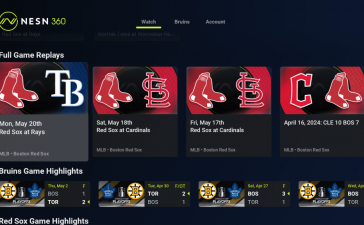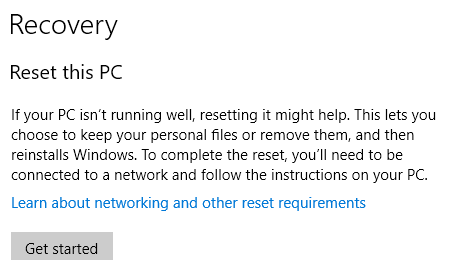
Figure 6: Reset this PC rolls Windows back to its original as-delivered state.
Ed Tittel / IDG
The next screen that appears (Figure 7) tells you what’s coming. It also emphasizes that the impact of a reset operation is both major and sweeping.
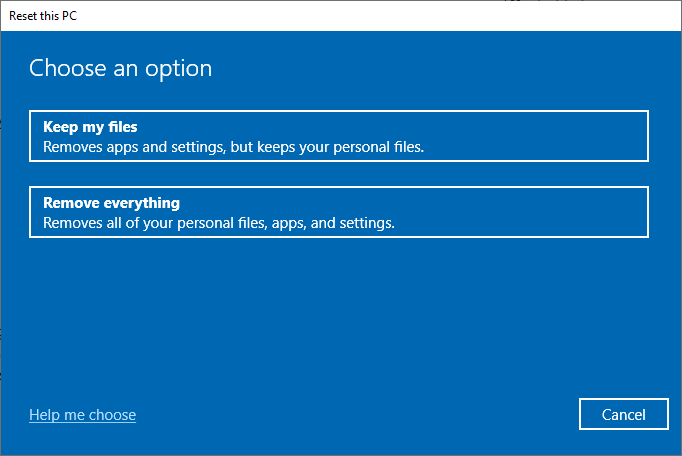
Figure 7: This is a confirmation that gives you a last chance to bail out. Otherwise, you’re in for a long process even if you elect “Keep my files.” “Remove everything” does exactly what it says.
Ed Tittel / IDG
Understand what this means: if you reset, you lose all applications and apps installed after the OS made its initial debut. You can decide whether or not to keep what Microsoft calls your “personal files” (everything in Documents, Downloads, Pictures, Music, and Videos), but everything else goes.
If you proceed with the reset, you’re presented with two options: “Cloud download” grabs fresh, new Windows installation files from Microsoft’s servers, while “Local reinstall” uses your PC’s built-in recovery image. Unless you have connectivity restraints, I recommend the cloud download option to ensure that any issues with your PC’s recovery image won’t carry through to the new installation.
For more details about using Reset this PC, see “Windows 10 recovery, revisited: The new way to perform a clean install.”
Reset this PC is convenient and requires no supplementary media, but I prefer a more traditional approach: performing a clean Windows installation from a bootable USB drive or mounted ISO, covered next.
Option B: Clean install of Windows from installation media or mounted ISO
This option means starting over with a completely new OS installation. Why might this be necessary? Aside from reasons such as incurable system instability, malware infestation, or problems that take longer to fix than the time is worth, it may be desirable to switch from legacy BIOS emulation to using available UEFI. It might also be desirable to wipe the boot/system drive clean to remove leftover items (recovery partitions, OEM partitions, and so forth) from older Windows versions and let Windows start over with a clean slate.
The good news is that as long as you’ve got a valid Windows 10 or 11 key or have activated your installation with Microsoft’s Activation servers, Microsoft will recognize your PC and permit it to activate itself without requiring you to supply a valid key. Nevertheless, if you’ve got access to the key, it’s a good idea to put that file on a USB drive or some other storage media just in case it’s requested. This seldom happens, but should it be needed, it’s good to have. (There are great tutorials at TenForums and ElevenForum about how to find and record your Windows 10 and keys, respectively.)
You can check your activation status by typing activ into the Settings search bar, then choosing “Activation settings” in the resulting list. As you can see in Figures 8 and 9, if the Activation pane says “Windows is activated with a digital license…” (Windows 10) or “Active” (Windows 11), you should be OK.
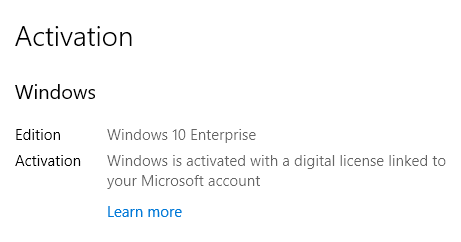
Figure 8: If Windows 10 is activated with a digital license, you should be able to reinstall without subsequent activation problems. If they do pop up, call +1-800-426-9400 in the US to fix things.
Ed Tittel / IDG
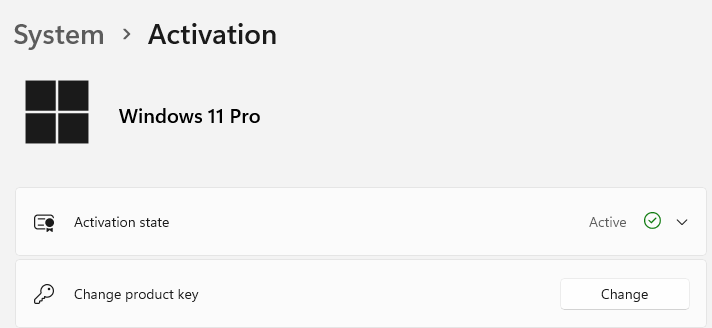
Figure 9: The Windows 11 activation is terser but no less informative. The same phone number as in Figure 8 works here, too, if you have problems to resolve.
Ed Tittel / IDG
The process for performing a clean install is 99% the same as that for the in-place upgrade from Step 3. Just boot from your installation USB flash drive, select Install Now, accept the license terms, and pick the Custom: Install Windows only (advanced) option when it’s presented to you. The rest of the details — and there are many — are all nicely covered in the TenForums and ElevenForum tutorials on this subject.
After the installation
Once you complete either the Reset this PC or the “clean install from installation media or mounted ISO” process, you’ll be starting over from scratch. For me, that means reinstalling Office plus all the apps and utilities that I customarily use on a production machine. It usually takes me 8 to 12 hours to work all the way through that process manually.
To speed the process along, I recommend using either the PatchMyPC Home Updater or Ninite utility, or using the WinGet command to import an already-exported configuration file.
Picking up the pieces after the repair
Hopefully, you’ll never have to venture further than Step 2 in this list. But if you must dig deeper than that, remember to clean up after it’s all over. That means running Disk Cleanup (or some third-party alternative) and making sure all your applications are installed and working. It also means making another backup when you’ve got things the way you want them, so you’ll have it at your disposal should things go south again.
In the meantime, enjoy your repaired and rejuvenated Windows system!
This article was originally published in June 2016 and most recently updated in July 2024.







